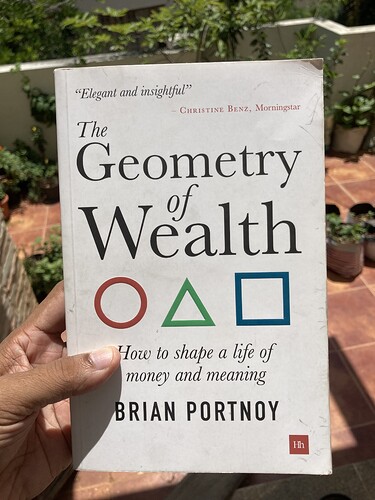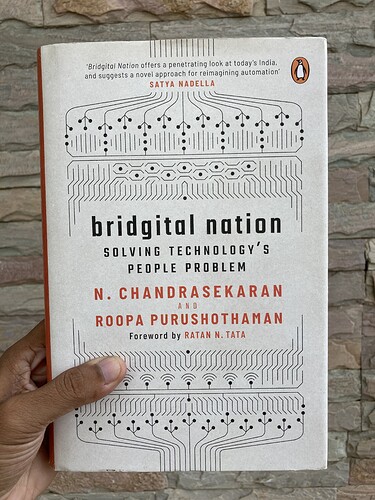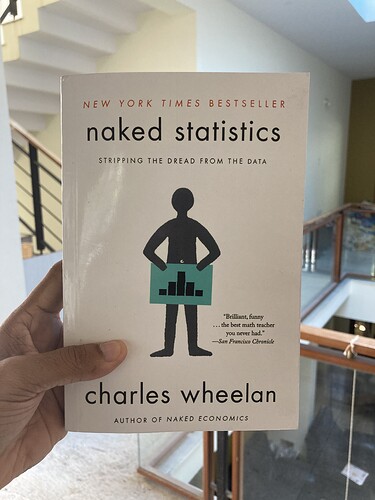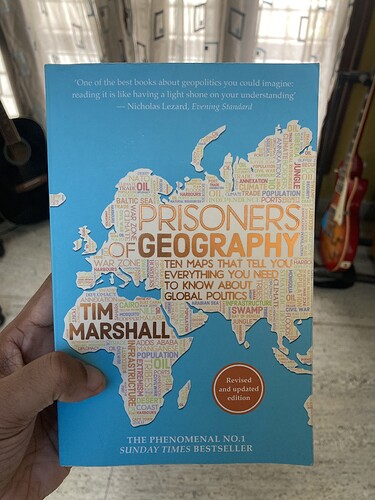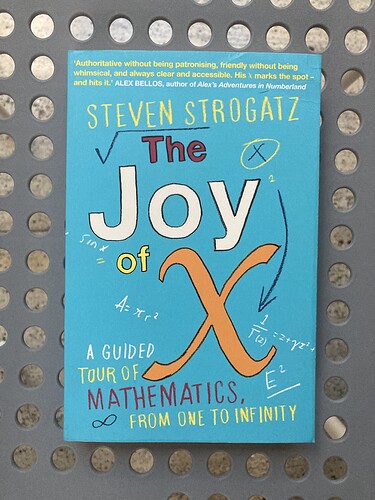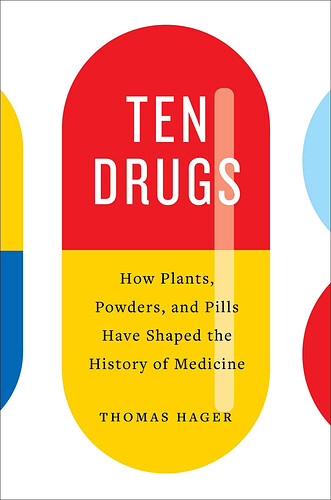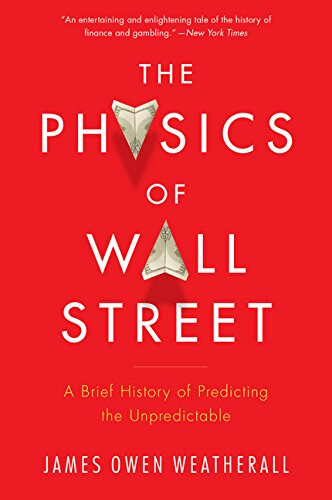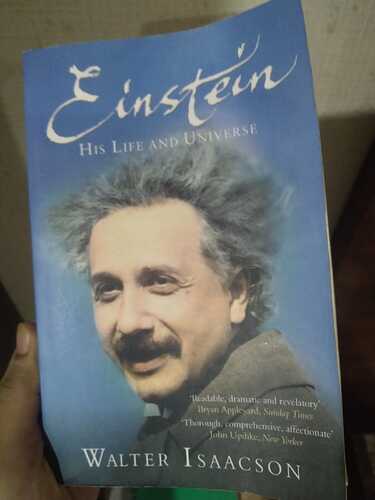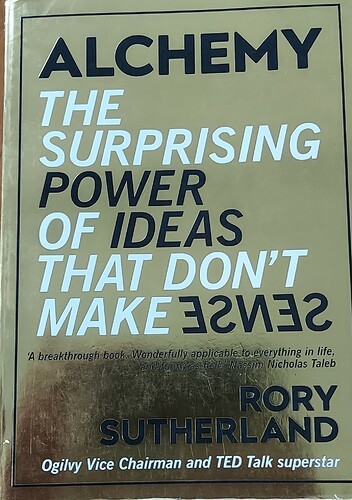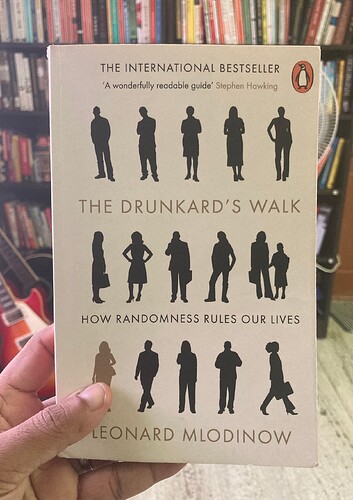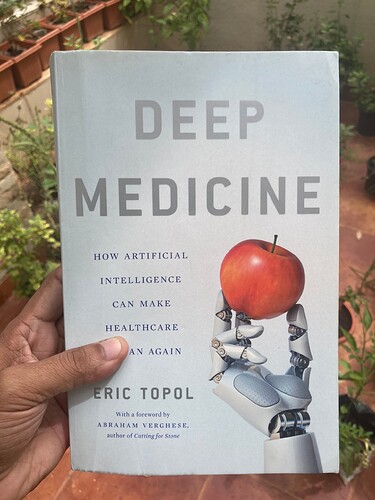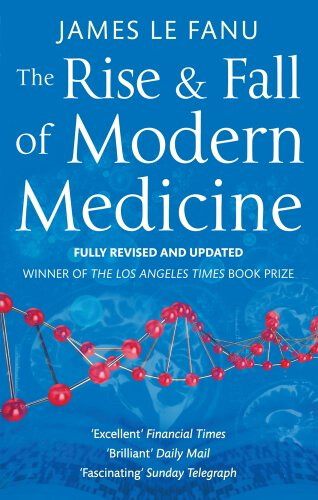Prisoners of Geography, Tim Marshall, 2015 - This is a very quick intro to geography/geopolitics of the current world. The premise of the book is that a bulk of priorities of a country, govt, people, policies and politics are driven by their geography for good or for bad. Whenever geographies (boundaries) of people have evolved over time based on natural barriers like mountains and rivers, they have lasted for sometime and endured and kept large masses of people out of conflict and whenever these boundaries were made ad-hoc on a map (rather than the territory), these invariably straight-ish lines have led to serious conflicts and bloodshed. Even natural barriers with some weaknesses (say approach to Russia from Northern European plains) have led to lasting paranoia.
The book is divided into chapters concerning Russia, China, USA, Western Europe, Africa, Middle-East, India and Pak, Korea and Japan, Latin America and The Arctic.
Russia
• ‘Riddle wrapped in a mystery inside an enigma’ (Churchill)
• Russia has never been conquered from the northern European plains (via Poland), because of long supply chains required for an army before it reaches Moscow (Napoleon made this mistake in 1812 and Hitler in 1941)
• Russians were fighting in and around Northern European plains once in 33 years on average
• NATO was formed in 1949 to counter Soviet aggression. Warsaw pact in 1955 by Communist countries (under Russian leadership) for military defense and mutual aid. After fall on Berlin wall in 1989, in 15 years by 2004, every single former Warsaw Pact member bar Russia was in NATO or EU
• Russia as a concept dates back to the 9th century
• Russia can be seen from America across the Bering strait (Little Diomede Island)
• Russia is not an Asian power because though 75% of its territory is in Asia, only 22% of its population lives there
• The empty spaces in Russia’s Far East will more likely come under Chinese cultural control (maybe even political)
• The imposing plains of Kandahar and Hindu Kush mountains have made Afghanistan impenetrable to invading powers earning it the label "Graveyard of Empires’
• The lack of warm-water port with direct access to oceans has always been Russia’s weakness
• When the Soviet Union split apart into 15 countries, geography had the last laugh (language, culture and customs delineated by mountains, rivers, lakes and seas won over ideology)
• Russia annexed Crimea to keep its access of Sevastopol (only true major warm-water port it had access to)
• Russia most powerful weapons, aren’t its nuclear missles, army and air force. It is gas and oil (A bulk of Europe is dependent on Russia was warmth in winters). Shale gas production could technically wean Europe off (via LNG imports) but piped Russian gas is still cheaper
• Russia loses about $2 billion in revenue for each dollar drop in oil price
China
• China is a civilization pretending to be a nation
• It has taken 4000 years but China is now a maritime power. It was always a powerful land power and its merchants traveled far and wide but it never had territorial interests
• The Han Chinese make up 90% of the population and dominate politics and business despite speaking Mandarin, Cantonese and several different dialects but united by ethnicity and drive to protect the heartland
• The Great wall of China was built by Qin dynasty in 200 BCE
• The Mongols ruled China (Yuan dynasty) until 12th Century and the Han took over after that and established the Ming dynasty
• Coastal cities such as Shanghai are wealthy but the countryside is poor accentuating regional differences
• Xinjiang (twice the size of Texas), majority Muslim province was always a source of instability
• Mao centralized power in a way never seen before and extended influence into Mongolia and annexed Tibet
• Total control for Communist party in a Capitalist economy (Deng Xiaoping)
• Western sanctions have driven Russia into large deals with the Chinese (advantageous to the latter for the most part)
• Though India and China both have high population and close proximity, they have been kept out of trouble by the Himalayas
• Tibetan plateau would give India an advantage if it ever had control of it and so China pre-emptively annexed Tibet
• Tibet is also the water tower for China with 3 rivers the Yellow, Yangtze and Mekong originating there
• China finds it deeply irritating when the West talks about freeing Tibet
• China has built roads and railways into Tibet and Lhasa and brought in lot of tradable goods integrating the Tibetan population while also making Han settlers get into Tibet
• This also bring the Red Army all the way across the Tibet into Doklam plateau close to the Indian border (the roads are now capable of allowing an army to pass)
• It is technically possible for the Chinese to descend rapidly into India and cut off India’s access to the North-Eastern part of the country by cutting off Chicken’s neck (a narrow bit that connects rest of India to its North-Eastern states)
• Xinjiang’s Uighur people (Muslim population) speak a language close to Turkish and the province borders 8 countries. China perceives this as trouble and has massive re-education camps to wean religious beliefs and to keep Al Qaeda out of the reach of Uighur separatists
• Xinjiang is also strategically important as its rich in oil and gas and also connects Gwadar port (One Belt One Road), a deep water port in Pakistan that it has a lease for 40 years.
• Chinese thought prizes the collective above the individual unlike Western thought
• “Why do you think your values would work in a culture you don’t understand?” (China’s answer to Western modes of thought)
• China as a maritime power is asserting its influence in the South China sea (disputes with Vietnam, Malaysia, Taiwan, Philippines, Brunei) and also in East China Sea (Japan)
• Diplomatically China will attempt to pull South-East Asian nations away from the USA with both carrot and stick
• China too intends to become a two-ocean power (Pacific and Indian) like the USA (Atlantic and Pacific)
• Gwadar port is crucial as an alternative trade route and so is stability in Baluchistan
• Biggest risk for China is a trade war with the world. If rest of the world doesn’t buy its products, it will paint itself into a corner it can’t get out of
USA
• The 50 American states add up to one nation in a way the 28 sovereign states of the EU never can (Most EU member states have a very strong national identity coming in the way)
• Louisiana Purchase doubled the size of the USA and gave it access to inland water transportation (Mississippi). Interestingly this could have led to a war with France but a deal was negotiated and conflict avoided
• Monroe doctrine effectively put an end to further colonization of the western
• California gold rush helped settlers settle in the west. The Homestead act of 1862 allowed anyone who cultivated land for 5 years own it. Poor men from Germany, Scandinavia and Italy chose the USA over Latin America for this sole reason
• While the civilian head of the NATO could be a Belgian or a Brit, it was always US that called the shots
• Russia is now for the Americans, mostly an European problem
• The Cuban missile crisis is considered an American victory but the US also removed Jupyter missiles from Turkey (which could target Moscow) so its effectively a compromise
• Indonesia, Malaysia and Singapore sit astride the straits of Malacca, which at its narrowest is only 1.7 miles
• The Americans have a treaty with Taiwan which states that if Chinese invade them, USA will go to war. What could spark a war is declaration of independence by Taiwan or a formal recognition of Taiwan by the USA
• If Middle-east oil is no longer needed to power American homes, the USA has no need to have a presence there. Its relationship with Israel as well might cool
• America’s experiments with nation-building overseas appears to be over
• The US spends more money on R&D for its military than all the NATO countries combined
Western Europe
• Europe has grown organically over millennia with its mountains, rivers and valleys as borders separating people linguistically and culturally
• Europe’s major rivers don’t meet and there are developments which became capital cities and the rivers themselves as borders
• Greece’s 1400 islands need a decent navy to patrol but it can’t afford one
• The EU was full of economic and cultural conflict - Germans work till 65 to pay for Greece’s retirement by 55 (German view of course). Austerity measures imposed are seen as an assault on sovereignty
• EU was setup so that Germany and France could hug each other tight and not get a hand free to punch each other 
• EU turned a blind eye on members like Greece cooking the books as the Euro was more than a currency, it was also an ideology
• Relative security of the UK is what probably lead to less despotism compared to countries across the English channel (in the past few hundred years)
• What British have now is a collective memory of greatness
• Middle-eastern refugee crisis threatens to weaken the union as some countries started to check documents of travelers after decades hampering trust
• Europe has an inverted pyramid of people with its ageing population at the top and less young, tax-paying population to take care of them
• While both Germany and France are working to keep the union together. Germany also has a plan-B in Russia
• The last 65 years have been unprecedented stretch of peace in Europe that some may have taken for granted
Africa
• Lovely beaches but terrible natural harbors, lot of rivers but none useful for transport as most of them have waterfalls have kept Africa poor
• Africa as seen in a Mercator map doesn’t do justice to its size (Due to flattening of what’s curved and large) - Africa is 14x Greenland and yet appears same size on map. You could fit USA, Greenland, India, China, Spain, France, Germany and the UK into Africa and still have space of Eastern Europe (wow!)
• Suez canal cuts down trade routes by 6000 miles (Western Europe to India for eg)
• The Sahara is almost as big as the USA
• The continent’s great rivers Niger, Zambezi, Congo, the Nile and others don’t connect to each other and this has kept population away from each other and consequently there are 1000s of languages spoken
• Most Africans are prisoners of political georgraphy made by the Europeans
• The nation state is an European concept of artificial structure, alien to rest of the world. It mostly leads to weak and divided states perennially at conflict
• When leaders say “I’m the only one who can hold this nation together”, they have truly failed to build their nation
• There are hardly any trees in Egypt. Without trees a navy is impossible
• 2.5% of the world’s oil passes through the Suez canal. Closing the canal would add 15 days transit time to Europe (around cape of good hope)
• By size, resources and population Nigeria is west Africa’s most powerful
• China is mining iron ore in Liberia, Copper in Zambia and DRC, Cobalt in DRC and so on
• China doesn’t have a view on human rights or corruption in Africa - only Economics
The Middle East
• The very name is based on the European view of the world
• After WW-I there were fewer borders in the Middle East than exist today. The notion that man couldn’t visit a relative from the same tribe without a document issued by another man in a far away town made little sense (nation-state boundaries of Syria/Iraq)
• There were no state of Syria or Jordon or Iraq, Saudi, Kuwait, Israel or Palestine before Sykes-Picot
• The split between Sunni-Shia dates back to 632 CE when prophet Muhammed died, leading to dispute over his succession. The Sunni Muslims form the majority among Arabs (85%). The name comes from Al Sunna (people of tradition)
• The ultra-puritanical Salafist thought dominates jihadists. Shia has several offshoots with some like Alawites and Druze not even considered to be part of Islam by the Sunni. These divides run across centuries and the nation state of “Iraq” cannot magically unite these diverse people together in the same borders
• When the Ottoman Turks ruled this region, they divided them into administrative regions of Mosul, Baghdad and Basra (These regions in antiquity were referred as Assyria, Babylonia and Sumer)
• British promised the tribes that helped them overthrow the Ottoman empire during WW-I the Arabian peninsula as reward. Unfortunately both the Saud and Hashemites were promised the same thing (mischief very typical of the British) and so lines were drawn and Saudi Arabia and Jordan were born
• Assad is an Alawite and they comprise 12% of the population - the French put them in power though they were minority as part of the divide and conquer strategy
• Toxic mix of piety, unemployment and repression (most of middle-east)
• Egypt, Syria and Jordan are suspicious of Palestinian independence. If it ever became independent, all 3 might stake claims to parts of territory
• Israel regards Jerusalem as its indivisible eternal right as the rock upon which Abraham prepared to sacrifice Isaac is there. Its the third most holy place to the Muslim world as the Prophet is said to have ascended to heaven from that same rock. The place otherwise has no real industry, river, airport or resources.
• Iran is non-Arabic, majority Farsi speaking giant. Bigger than France, Germany and UK combined but with a thin population
• Iran’s trump card is the strait of Hormuz through which passes 20% of world’s oil
• The Turks have never truly been recognized as part of Europe by their neighbors
• Mustafa Kemal (Ataturk) modernized Turkey, making it a part of Europe
• Turkey wants its influence in the *stans (Kyrgyzstan, Tajikistan, Turkmenistan etc.) which Russia is wary of. Turkey wants to overthrow Assad regime while Russia supports it.
• Turkey doesn’t get along with Israel either, though they are both NATO partners
• Turkey is a key country as it controls the Bosporus strait through which traffic moves from Black Sea to the Mediterranean and ultimately to the Atlantic (key for Russia)
• Arab spring is a misnomer coined by the Western media
Not covering the India-Pakistan, Korea and Japan as well as the Latin America chapters due to familiarity and lack of relevance (to me).
The Arctic
- The polar route is 40% shorter (Canada to China) than going through the Panama canal and uses deeper waters which allows for much higher freight to be carried (cheaper in terms of fuel too). Could cost Egypt and Panama a lot of revenue in the long run
- Due to melting of Arctic ice, a lot of natural resources (oil and gas) are now available
- It takes $1 billion and 10 years to build an icebreaker. Russia has 44 icebreakers. USA appears uninterested in the Arctic compared to Russia
This is a fascinating book and is definitely worth a read to understand Geography and Geopolitics. I was able to better place a lot of countries (For eg. Lebanon, Syria, Iraq and some of the African countries) and also have a knowledge of all the straits (Hormuz, Bosporus, Bering, Malacca) and canals (Suez, Panama) that connect world trade, the exact way in which the Black Sea, Mediterranean Sea and Atlantic connect to each other and also the irredeemable mess a whole lot of Africa and Middle-East are in. Its a breezy read as well. 11/10

